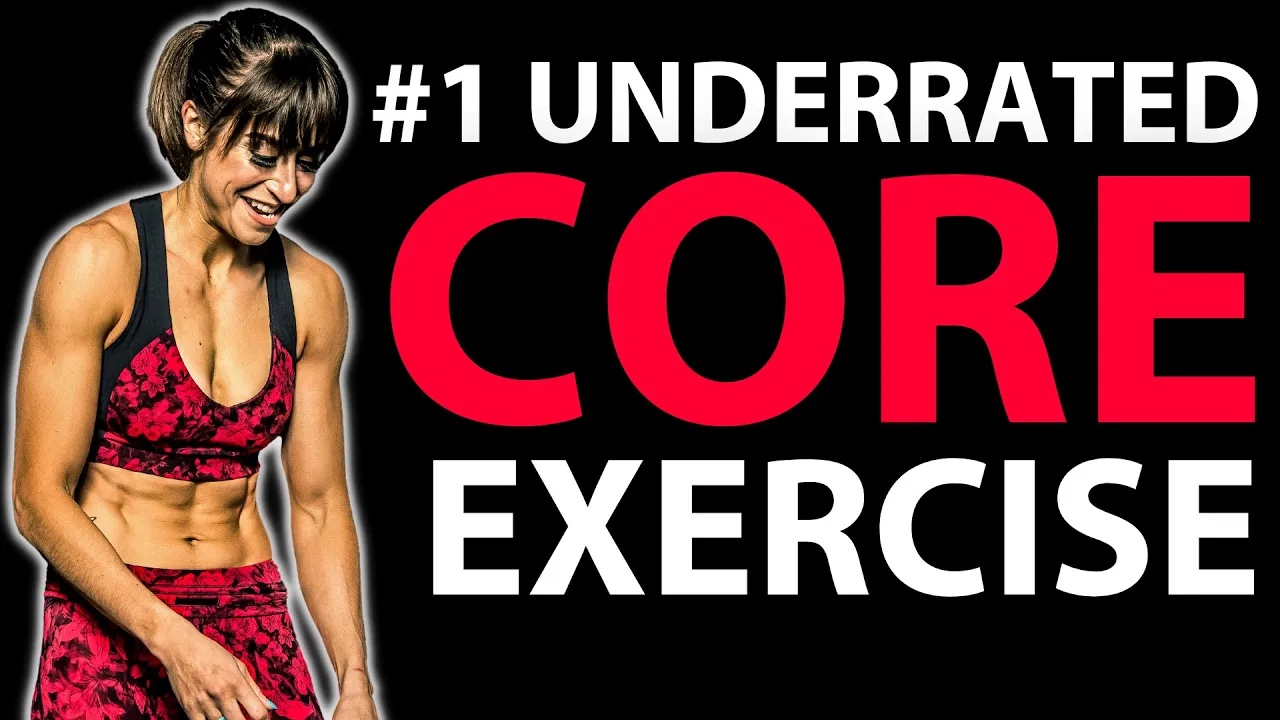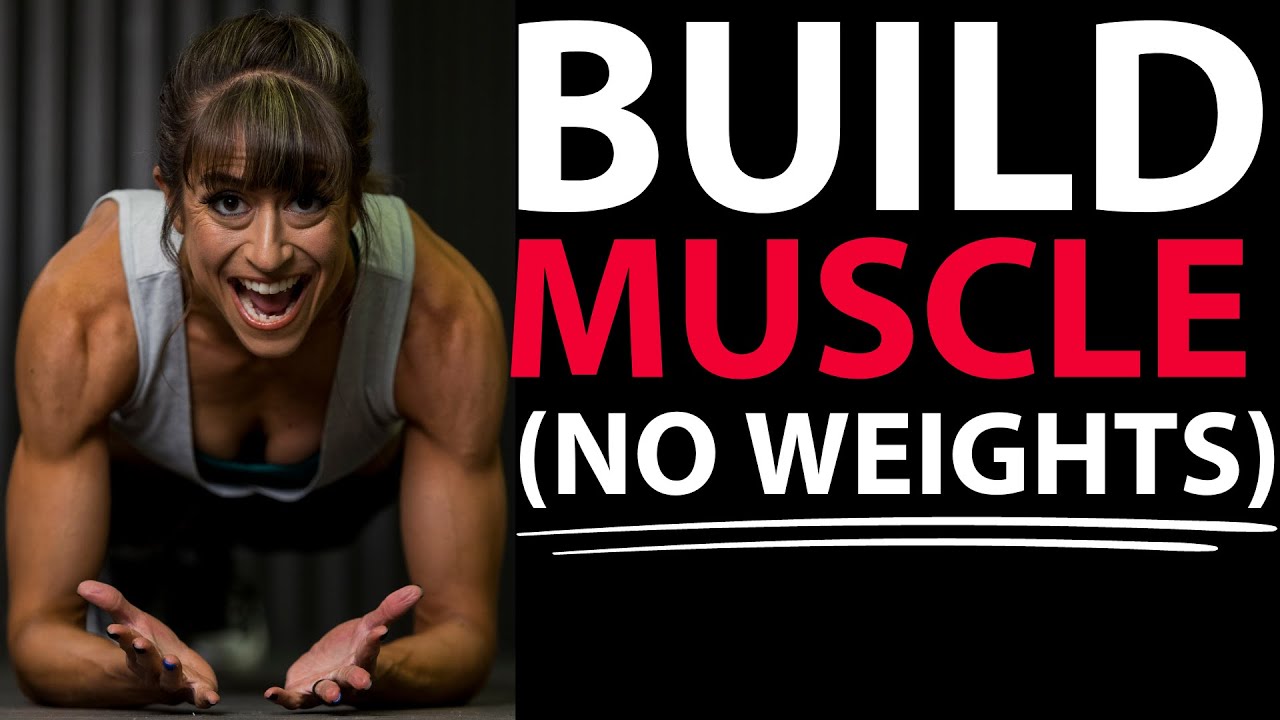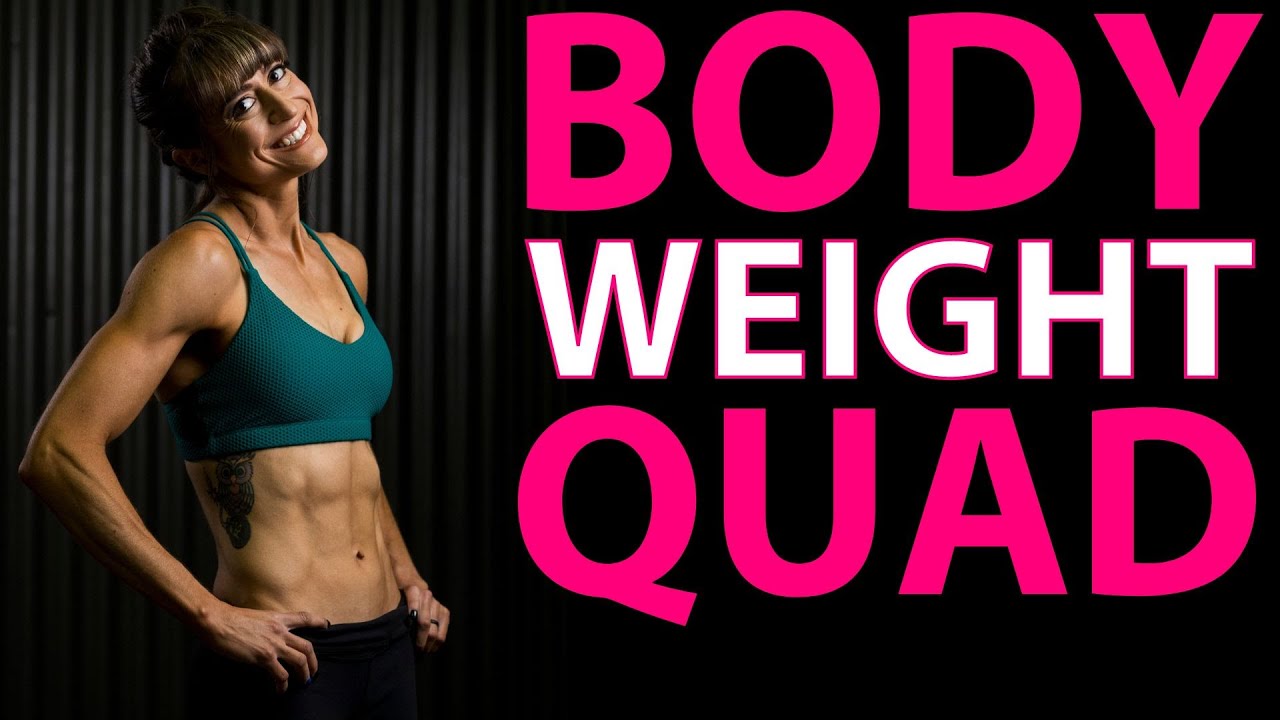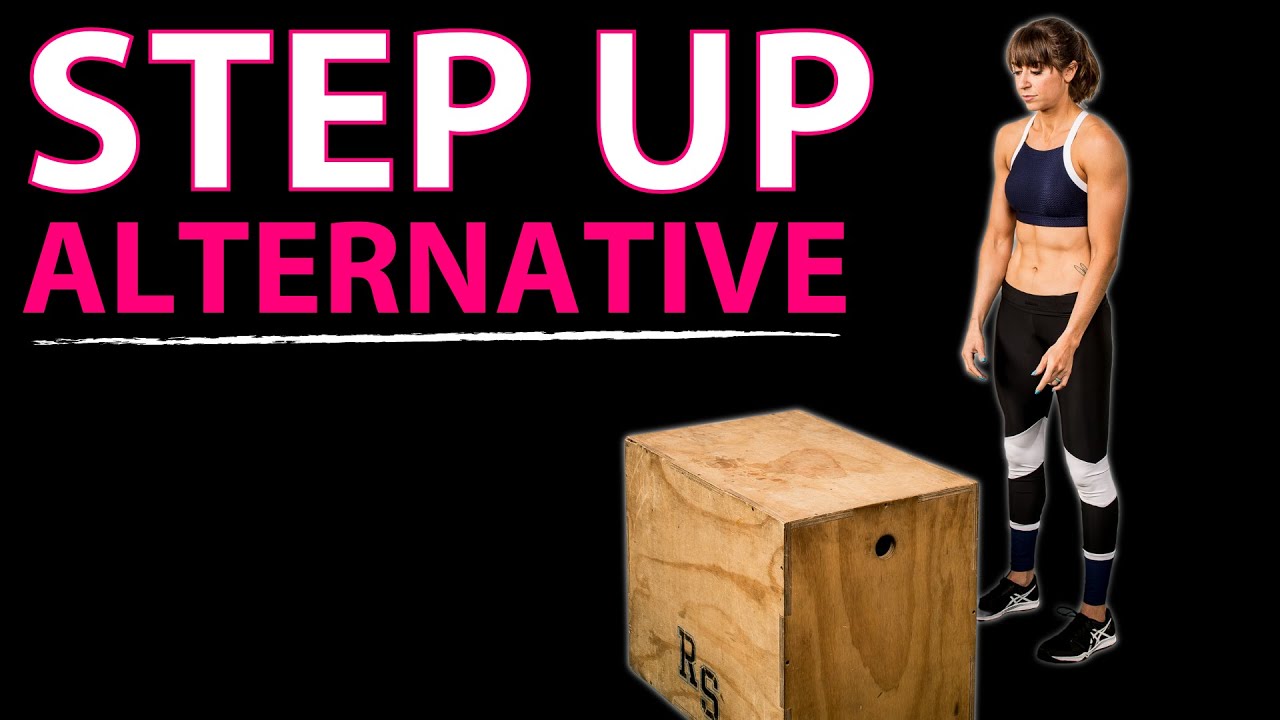
The Most UNDERRATED Bodyweight Core Exercise
If you are looking for an amazing core exercise to work your abs, obliques, glutes, hamstrings, shoulders, adductors, serratus anterior and back, that requires no equipment so you can do it anywhere, then you’re going to love this video!
In this video I’ll show you one of my favorite bodyweight rotational core exercises and how to modify it based on your fitness level. And at the end of the video, I’ll even share a great quick bodyweight core burner to do using it!
Hey guys it’s Cori from redefining strength where we help you feel, look and move your best at any and every age.
And building a strong core is essential to not only help us look amazing but also avoid common aches and pains especially as we get older.
Of course diet is also key if you are trying to lose that stubborn fat around your middle, which I’ll touch on later.
But when we talk about building a strong core, we’re talking about strengthening everything between your shoulders and your knees, down your front side and your back side.
Which is why I love this amazing bodyweight plank variation which will help improve your shoulder and hip stability while strengthening your abs and obliques to control rotation!
And at the end I’ll share a great 5 minute burner using this move you can add on to the end of your lifting or cardio session!
It’s the perfect finisher to your lifting session or cardio workout.
So what is this fabulous move you can do anywhere?
It’s the Mountain Climber Turkish Bridge!
This move is deceptively hard, and can help you improve your shoulder, scapular, spinal and hip mobility. It truly works your entire core through rotation.
It’s a great move to improve your stability as you transition from both hands to a single arm.
Just remember every move is earned.
If you find that, even with these cues, you’re struggling to maintain proper form and feel the correct muscles working,
You don’t want to feel or you start to feel your lower back, neck or shoulder aching in a bad way, you check out the modifications I’ll discuss next.
To do this move you’ll want to set up in that high plank position with your feet about hip-width apart and your hands under your shoulders.
As you even set up, you want to be conscious of the muscles you’re engaging. Feel the sides of your back engage to support your shoulder.
Feel your quads flex as you drive back through your heels slightly in that plank position.
Focus on engaging your abs to brace.
Draw one knee up and across toward the opposite elbow. When you pull that knee across, focus on your abs even flexing to tuck. Don’t just tuck your knee in repeating the movement.
Even focus on engaging your back so you don’t shift forward.
Then kick the leg slightly back out, so your knee is about back in line with your planted leg, although you’ll keep that knee bent.
From here, twist that leg back and over toward the ground behind you as you lift the arm on the same side as that leg up toward the ceiling.
You’ll feel your obliques working as you twist.
And you want to feel the muscles around your rib cage working and the side of your back engaged to stabilize that standing shoulder.
Pivot onto the heel of that planted leg, feeling the hamstring and glute work. You’ll also really feel the glute of the bent leg.
Do not let your hips drop as you move into this single arm posterior plank, which also looks similar to a step in the Turkish Get Up.
Reach your top hand up toward the ceiling and pause to assess what you feel working.
Then lift that bent leg and lower that raised hand down, rotating back to face the ground. Make sure your standing hand is still under your shoulder and that your shoulders aren’t shrugged.
Do not put that raised leg down if you can avoid it.
Keeping it lifted as your rotate closed and move straight to pulling the knee in across your body will engage your adductor or inner thigh on your planted leg even more.
Repeat the move, moving at a controlled pace while assessing what you feel working!
This move, while it will improve your core stability, is challenging, partly because you are supporting your weight on one arm.
That’s why it is key we know how to modify to build up and recruit the correct muscles.
My favorite way to modify this move is off a bench because it allows you to do the exact same complete movement without variation to more easily build up.
The incline reduces the resistance on your upper body, which can allow you to engage everything correctly while maintaining proper form.
As you progress with the movement, you can slowly lower the incline working from a bench down to maybe a step or block before the ground. Just make sure each progression is earned.
If you have wrist issues, you may also find using an incline helpful as you can then perform this move off of your forearm.
Another option off the ground is to keep your wrist in a neutral position by gripping a dumbbell.
Just make sure that dumbbell will not move.
And because it’s key we’re creative to make sure we’re always meeting ourselves where we are at, if you don’t have an incline, you can also modify this move and reduce the strain on both your upper body, abs and hamstrings by performing the move from a bent knee position.
With this modification, you’ll start in a bulldog position with your knees under your hips. You’ll perform the same knee tuck and rotation open, BUT your knees will stay bent and you’ll be in more of a tabletop position.
Make sure that, while your hips may slightly drop in the rotation, you pause to really engage those glutes and extend your hips in the bridge for a second before rotating back closed!
Remember that at times we need to regress to progress to get the most benefit from a move.
Now how can you include this in a quick burner workout?
I love doing intervals over reps for moves like this because it allows us to focus on what we feel working and not rush to complete the reps.
A quick interval circuit with 30 seconds of work per move or side and 2 rounds through can be a great way to end a workout.
Use an anti-rotational move, a more glute-focused move and even an ab intensive move to complement this amazing rotational exercise.
WORKOUT:
30 seconds Bird Dog Plank
30 seconds per side Mountain Climber Turkish Bridge
30 seconds Reverse Crunch
30 seconds Frog Bridge
BONUS: Stubborn Belly Fat Tips
Adding in this amazing burner once or twice a week for a progression may be a great way to improve your core strength and stability. But you can’t ignore the importance of your diet if you want to reveal those lean, defined abs.
Next check out my Meal Plan To Lose Stubborn Belly Fat video with a full day of eating!







